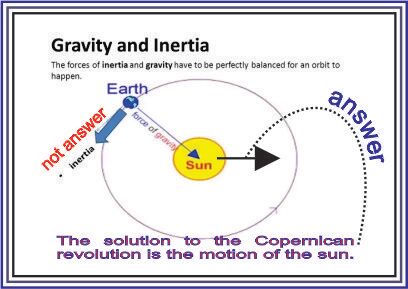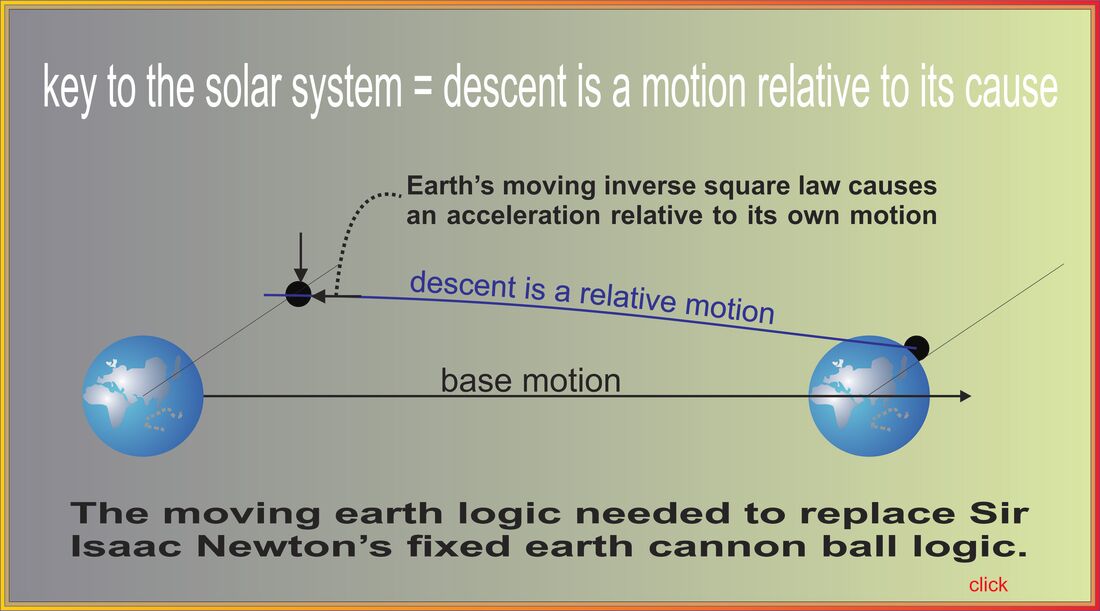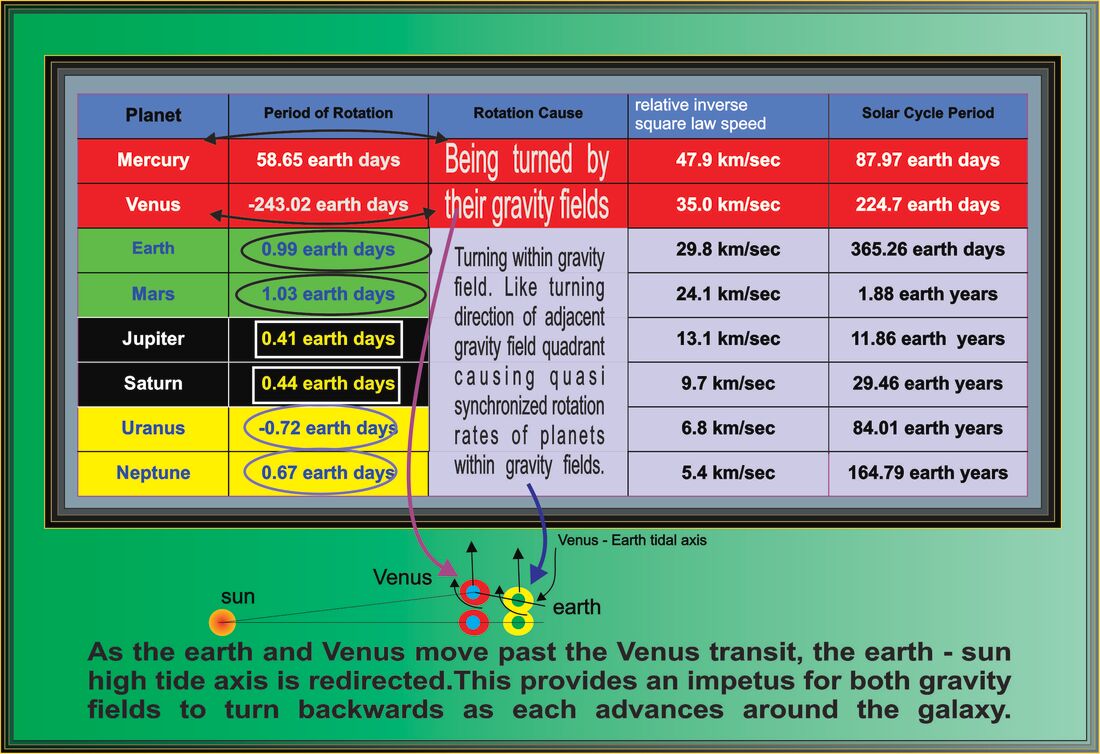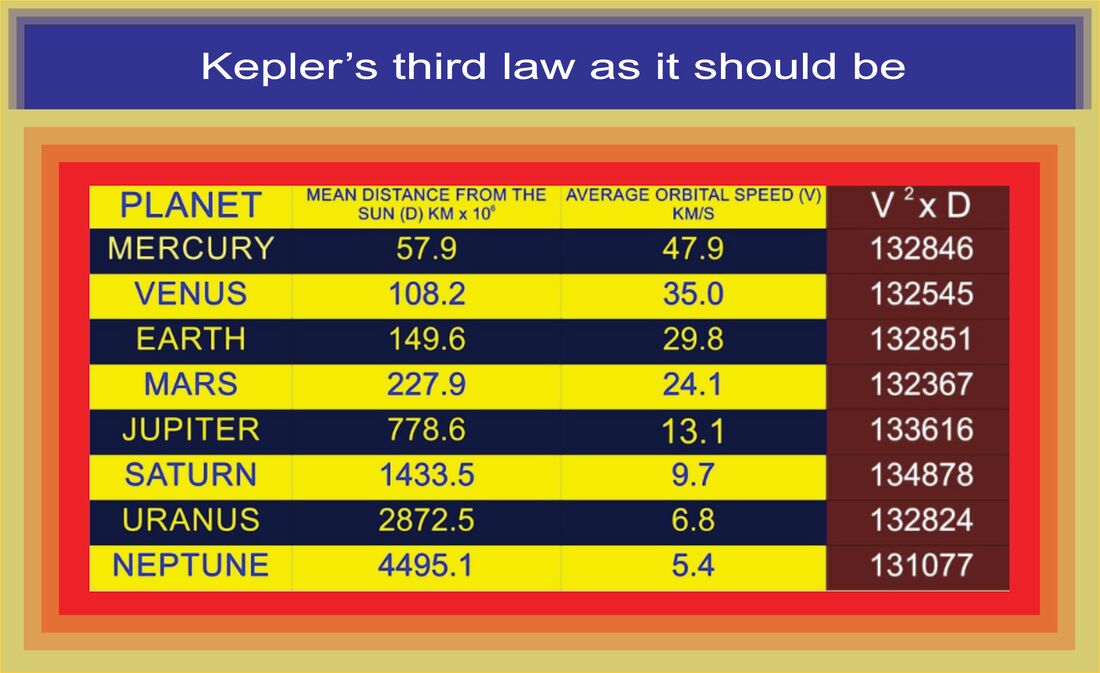round 1 Hawthorn Home
round 2 Sydney Away
round3 StKilda Home
round 4 Port Away
Round 5 Footscray Away
Round 6 Adelaide Away
Round 7 Collingwood Home
Round 8 West Coast Away
Round 9 GWS Home
Round 10 North Melbourne Home
Round 11 Richmond Away
round 12 Gold Coast Away
round 13 Carlton Home
round 14 Bye
Round 15 West Coast Home
Round 16 Geelong Away
round 17 Collingwood Away
round 18 Melbourne Away
Round 19 Adelaide Home
Round 20 StKilda Away
round 21 Fremantle Home
round 22 Gold Coast Home
round 23 Sydney Home
Round 24 Brisbane Away
round 2 Sydney Away
round3 StKilda Home
round 4 Port Away
Round 5 Footscray Away
Round 6 Adelaide Away
Round 7 Collingwood Home
Round 8 West Coast Away
Round 9 GWS Home
Round 10 North Melbourne Home
Round 11 Richmond Away
round 12 Gold Coast Away
round 13 Carlton Home
round 14 Bye
Round 15 West Coast Home
Round 16 Geelong Away
round 17 Collingwood Away
round 18 Melbourne Away
Round 19 Adelaide Home
Round 20 StKilda Away
round 21 Fremantle Home
round 22 Gold Coast Home
round 23 Sydney Home
Round 24 Brisbane Away
Watch your latest voting system discussion. Star makes the most sense. A voter can more fully feed his or her values into an election. Whereas with preferential (as ranking is called here in Australia) your value feed is more limited to candidate standard. However your protagonists were simply wrong with their Alaska analysis of ranking. Perhaps it is a reflection of how ingrained the two party system is in the USA. The fact that Republicans running two candidates helped the Democrat(s) is immaterial to how voters ranked the candidates in the booth. They was looking at the outcome through two party eyes. If you take parties out of your analysis, the problems your protagonists were citing are non existent. Cheers George
Remember George Washington was the last non aligned president the world ever saw. Not sure about that. You would know. Here is hoping the USA constitution stands up to the test of someone who would not concede an election. As a suggestion why not make a video on what native title is. Will outline why I suggest this if you are interested.
Cheers George.
Remember George Washington was the last non aligned president the world ever saw. Not sure about that. You would know. Here is hoping the USA constitution stands up to the test of someone who would not concede an election. As a suggestion why not make a video on what native title is. Will outline why I suggest this if you are interested.
Cheers George.
start with balloon
law of gravity wrong
law of gravity wrong
push intro
The falling of the planets towards the sun is not balanced in some way by a planet's 'inertial mass'. That's become the earth's Achilles heel. The balance is a rotating descent direction. Using numbers as the arbiter of right and wrong, the wash up is the same as the ascending Galilean 'inertial' direction on the school lesson diagram at the top of the page. In terms of physics, though, it is a vastly different circumstance.
When the balance of the earth's acceleration towards the sun is understood correctly, traditional views of the universe are out of their depth. The tangible way the constant acceleration of both the earth and moon towards the galactic motion of the sun stably fit together is by the earth and moon being held a part. Hence the push. The implication is gravity fields are extremely large moving particles filling up the universe and planets and stars are minute but more easily detectable particles in their moving centres.
Whether that's completely right or completely wrong, the craft of mathematical physics is based on unproven presumptions. A mutual gravitation of the universe and motion requiring a reason that is intrinsic of matter to be motion. Using simple physics, each presumption is demonstrable as unfounded.
Realistically physicists over the centuries could have and should have trouble shot both those concepts long ago. This absence of professional questioning can only really be attributed to pass mark grandeur surrounding the Newtonian view of the universe.
Sans grandeur by now our knowledge base would easily contain the gravity field aspects of magnitude variations, motion and their rotations.
1/ Magnitude variations = tides
2/ Motion = orbits within
3/ Rotation in all probability = day lengths
Twenty four hours in our day is almost certainly a factor of the twenty four hours in a Mars day.
One rotation rate question looking for an answer is why would pairs of adjacent outer planets have rates that are approximate of each other? Uranus and Neptune have the added curiosity of Uranus being the inner of a pair with a slightly slower rotation rate relative to Neptune. Plus, with Uranus is almost lying on its side with its axis of rotation pointing towards the sun, the rotation direction of Uranus relative to the rest of the planets is almost neutral. Not distinctly backwards as the Venus rotation direction is.
With the inner three planets, the question is why would there be the nigh synchronization of the three Venus days with every two earth years and the almost exact three Mercury days to every two Mercury years?
[(3 x 243.02 = 729.06) (2 x 365.26 = 730.52)]
[(58.65 x 3 = 175.95) (87.97 x 2 = 175.94)]
The Mercury day length - orbital period ratio of three to two would be an extremely unlikely coincidence. Observed rotation rates are pointing to the solar system being a gear box churning out numbers as it advances around the galaxy.
There are other near exact ratios between Mercury and Venus. Instead of repeated boasts about the earth not being in the centre of the universe, a focus on rotation rates would be of tangible value to the way life on earth goes about itself. There is something curious going on between the planets.
One cause of academia being off track is Sir Isaac Newton's law of gravity is more fib than truth. A smaller mass does not cause the acceleration of a larger mass towards itself. The other is academic failure to understand that a resistance to a change of motion is an acquired opposite force. Not a force mysteriously residing in the bowels of matter.
The world in general is unlikely to have a better or other way forward than beginning an educational respect of the discovered rotation rates of the planets. Just like Johannes Kepler's third law of planetary motion table, the rotation rate table is a riddle of knowledge about the solar system in wait of solution.
If the sun was fixed in space, as per the 'inertial' diagram at the top of the page, Kepler's third law would not be. The planets would simply fall or spiral into the sun. Without realizing it, though, space exploration has already moved towards the right answer. All descents are relative motions is that correct answer. The principle of such has been used to alter the relative speed of a spacecraft as it passes or nears other planets.




